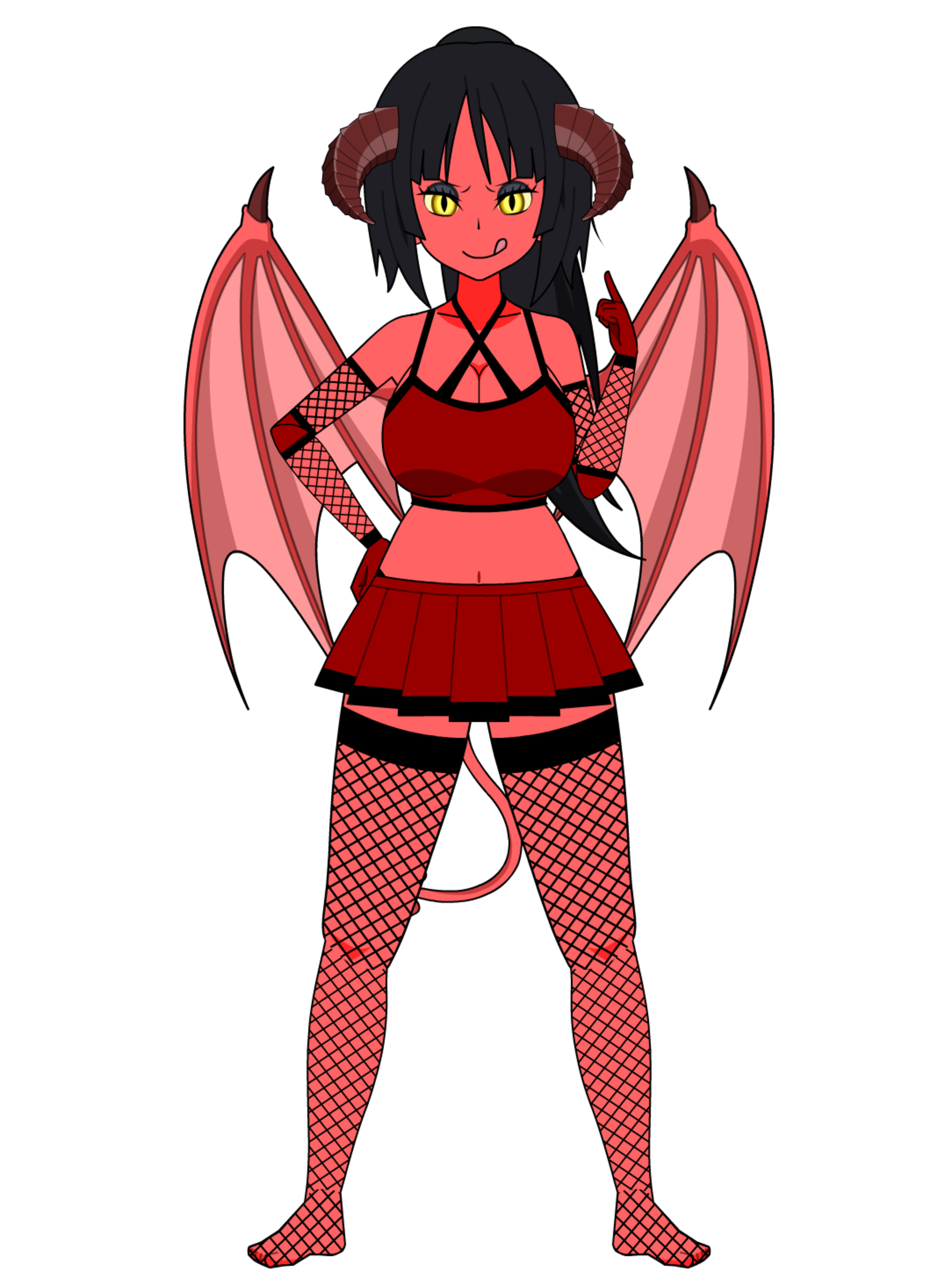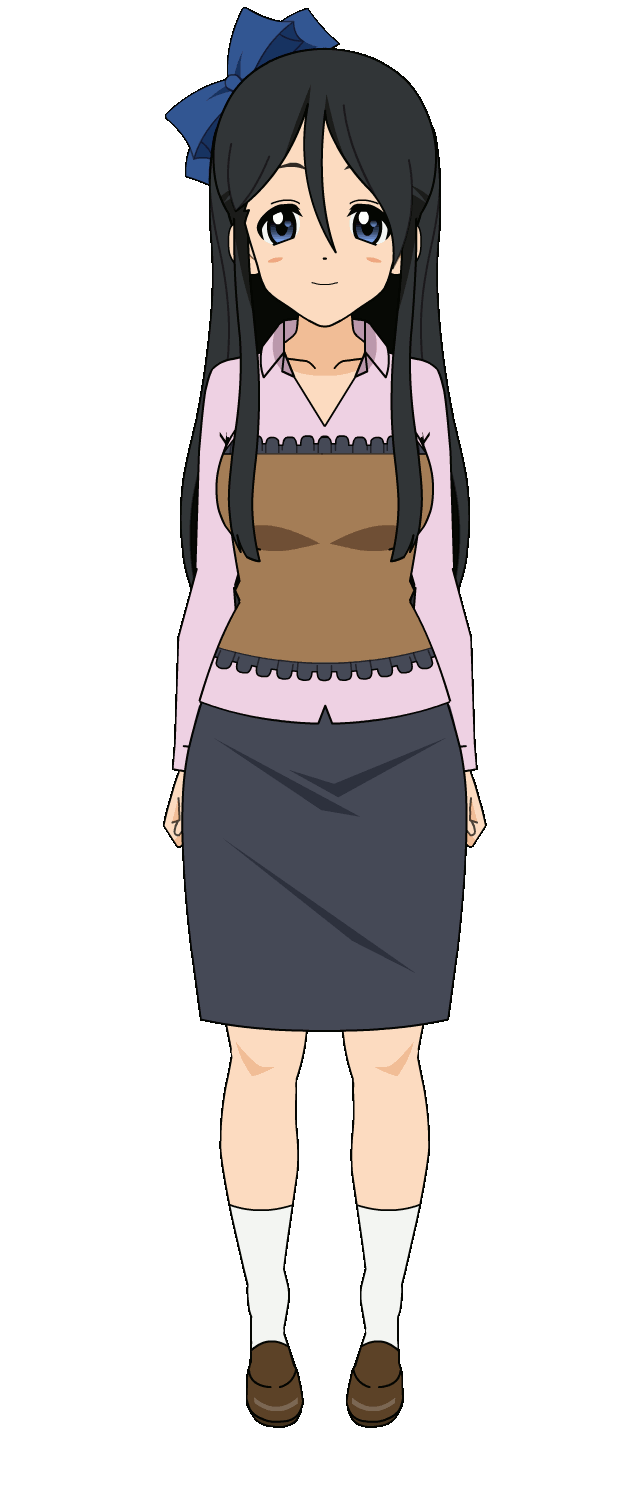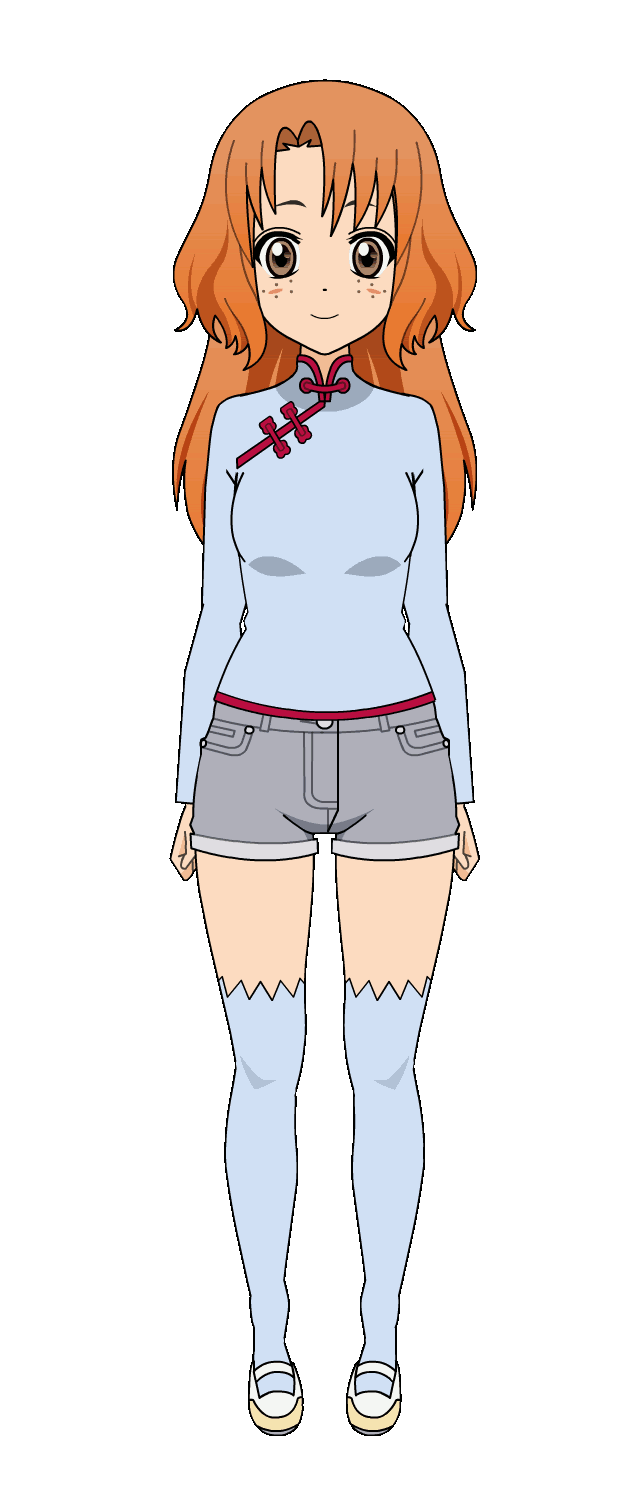HOME | DD
 cppietime — Between Worlds - Intro
cppietime — Between Worlds - Intro
Published: 2014-11-23 01:44:15 +0000 UTC; Views: 1150; Favourites: 0; Downloads: 0
Redirect to original
Description
'Person.' Is this even a meaningful term? People are so divided. The difference between two people could be greater than the difference between two members of different species. After all, the four so-called lines are engaged in constant warfare. These four lines that share so little, insist on fighting, and they probably don't even know why. The Kadmon claim they were here first; they don't like change, wherever it comes from; their tactics seldom, if ever, stray from pure, brute force. Ezma has some fascination with numbers, planning, and logic. Of all the lines, they have the most advanced weapons. Sula is powerful; even in warfare, the entire planet's economy is, ultimately, in their control. They needn't fight directly; everyone knows that their battle is fought in business. The fourth line doesn't refer to itself by any name, but outsiders call them Enineh, they focus on deceit and treachery; everyone, even members of Enineh, knows they can't be trusted. The Four Lines are engaged in a war that may last forever.No - that's not the reality. The story of the Four Lines is one everyone knows, but is hardly ever treated as truth. According to that story, hundreds of years ago, the Four Lines destroyed each other, almost entirely, and even destroyed the planet they inhabited. A few members of Ezma, however, successfully gained refuge on an a rock propelled from the planet, landing on what they named 'Erath' - this is where we live now. The other three lines were completely destroyed, nothing remains of them. The planet on which they waged war - 'Idin' - was also annihilated. What an odd story to tell. Fantasies can sometimes distract people from harsh realities they face, but ignoring the reality is simply foolish.
As far as we can tell, this story has existed as long as our ability to write and read has, perhaps even longer. Archeologists are trying to determine why this story was written, and how it has persisted for so long. The story of the Four Lines seems to explain a lot, like the occasional falling white rocks, coming from the remains of the white planet Idin. There also happens to be a big crater, likely from some sort of impact, where the Story claims the survivors of the remaining Line landed. So far, it seems the story was written to explain phenomena that ancient people witnissed, their stories ultimately giving names to our planet, our race, and a few names throughout our society. I suppose we do concern ourselves greatly with money, while power, logic, and communication are, in general, ignored unless they allow us to achieve some sort or wealth.
Our world, however, has a few... strange details. Places that not even the Story could explain. In the night sky, we see stars, planets, galaxies, all sorts of things that are too far away to comprehend, but when scientists point their telescopes far enough away from anything else, they find something different. What they see is a white sheet of sorts, invisible to our eyes by its sheer distance and relatively dim appearance. On this sheet, patterns appear, looking almost like some sort of unfamiliar language. At any given moment, one of three things will happen with these patterns: the patterns will stay as they are, more will be added on to what is already visible, leaving what was there prior unchanged, or older symbols will be changed into something else. In general, the governments try to keep most knowledge of this so called 'writing-board' from the public, but it seems that this is only to make it look like they know what they're talking about, but of course they don't know; they always lie and steal, but of course, we all do the same thing.
It may just be a silly story, but it can still be scary. If we lived in a world with four distinct groups of people, always in constant conflict, everyone would be caught in it. We shouldn't worry about anything we don't have to,
and yet, this idea of an ever-present danger is terrifying, even when only a legend. It's difficult to imagine that all of our existence changed so much because of one war. True or not, everyone seems to be grateful that they don't have to worry about such a devastating conflict.
No matter who you are, it's difficult to imagine life in a different reality, no matter how different or similar it is from what you consider to be reality. You, inevitably, affect the world around you, which means that the reality you live in will always approach the reality you reach towards, even if it's not the one you'd like. The Story speaks of four different ways of living, but are they really different types of people? Maybe we're not so disconnected. Conflict is an inevitable result of life, but it can manifest in different ways. The separate identities with which you could potentially be associated may conflict, and the biggest difference between this conflict and war is simply the scale. In both cases, there is fighting until a resolution is reached. There is death, accompanied by change. We are complex, and always in motion. We experience only one reality at a time, but tend to pass between possibilities through the actions we take, and how we interact with the world around us. We can never know whether the realities we leave behind truly exist, and what truth exists in the realities we will never visit. Can more than a single reality be true at a given instant, even if one can only perceive one? Imagine a world, rather, a universe, where all reality is true, and perception exists in parallels. Anything you've ever seen, every dream you've ever dreamed, every thought, fantasy, or wish you've ever invented is merely a small, temporary gateway to another reality. They constantly intertwine, and everyone's choices, as well as random events, allow them to connect.
The walls that separate them, that keep you from leaving one and entering another, or from perceiving too many at once, is you.








